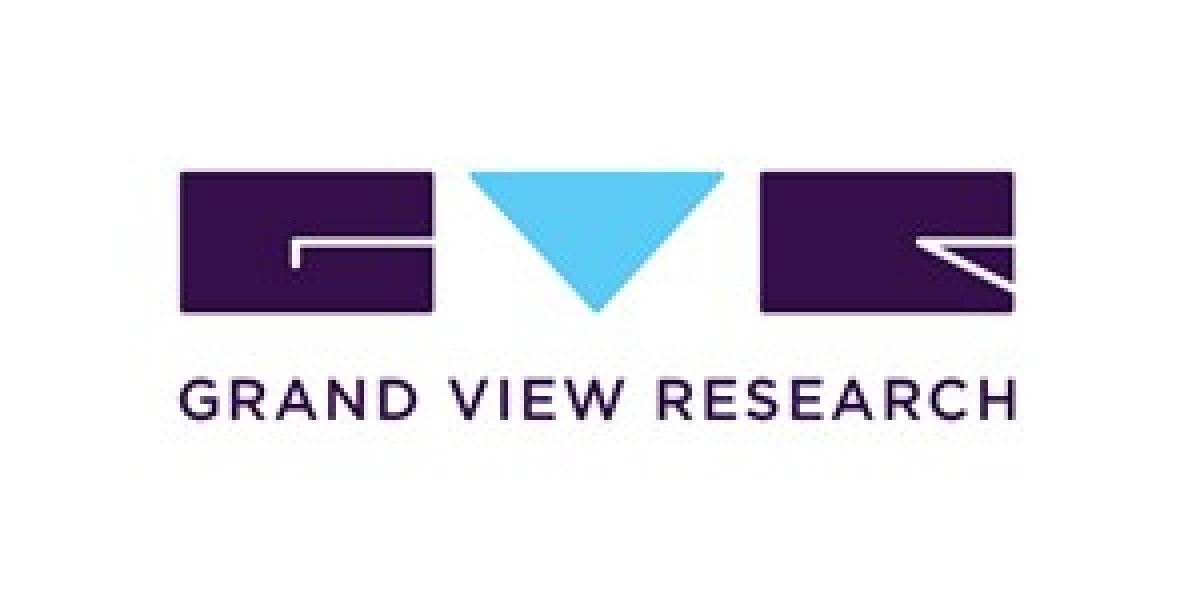U.S. Aerospace Testing Market Summary
The U.S. aerospace testing market size was estimated at USD 1,585.8 million in 2024 and is projected to reach USD 2,167.4 million by 2033, growing at a compound annual growth rate (CAGR) of 3.6% from 2025 to 2033. The growth of the U.S. aerospace testing market is largely fueled by the increasing integration of remote inspection tools and digital twin technologies. These advanced systems enable the creation of virtual replicas of aircraft and their subsystems, allowing for detailed assessments without direct physical interaction. The incorporation of high-resolution imaging and integrated data analytics enhances the accuracy of defect identification, which significantly reduces the reliance on large, on-site inspection teams and contributes to lowering operational costs for aerospace companies.
The application of extended reality (XR) is further transforming the testing process by facilitating virtual inspections and assessments across distributed fleets and remote locations. These technological developments are allowing aerospace companies to adopt more agile, responsive, and data-driven approaches to aircraft testing and maintenance. For example, in April 2025, Gecko Robotics, Inc., an artificial intelligence and robotics firm based in the U.S., entered into a strategic partnership with L3Harris Technologies, Inc. Together, they developed an extended reality solution that generates high-resolution digital twins of aircraft, specifically for remote inspection and fault detection. This initiative not only increases the precision of testing activities but also plays a critical role in the modernization of military aircraft by supporting virtual maintenance processes and defect tracking.
Key Market Trends & Insights
- In 2024, the material testing segment emerged as the leading segment in the U.S. aerospace testing market, holding a 33.5% market share. This prominence is attributed to the escalating demand for high-performance materials that can endure extreme temperatures, pressures, and mechanical stress. These materials are essential for ensuring the structural reliability and safety of aircraft components, particularly as aerospace designs become more advanced and complex.
- Aircraft structures also dominated the market in 2024, reflecting the vital need for comprehensive testing of airframes and related components. These structures are subject to repetitive stress cycles, high-speed operations, and environmental challenges that necessitate rigorous testing protocols to guarantee durability, performance, and compliance with aviation standards.
- Commercial aviation accounted for the largest share of the U.S. aerospace testing market in 2024. The sector’s growth is driven by frequent aircraft upgrades, an increase in system complexity, and rising expectations for safety and fuel efficiency. Airlines are focusing on extensive validation processes for software, electronic systems, and mechanical structures to meet evolving regulatory and certification benchmarks.
- Original equipment manufacturers (OEMs) dominated the U.S. aerospace testing landscape. OEMs are critical stakeholders in the market due to their responsibility for the conceptualization, production, and integration of aircraft systems. Their commitment to safety, quality, and high performance compels them to continuously invest in innovative testing infrastructure and validation tools to ensure flawless execution across all phases of aircraft development.
Order a free sample PDF of the U.S. Aerospace Testing Market Intelligence Study, published by Grand View Research.
Market Size & Forecast
- 2024 Market Size: USD 1,585.8 million
- 2030 Projected Market Size: USD 2,167.4 million
- CAGR (2025 - 2030): 3.6%
Key Companies & Market Share Insights
Several major companies are actively shaping the competitive dynamics of the U.S. aerospace testing market. Key participants include General Dynamics Corporation, Honeywell International Inc., Intertek Group plc, L3Harris Technologies, Inc., and Lockheed Martin Corporation. These firms are pursuing aggressive strategies such as mergers, acquisitions, and technological collaborations to expand their customer base, diversify their service offerings, and strengthen their market positions.
Honeywell International Inc. continues to solidify its role in the U.S. aerospace testing sector by advancing integrated testing platforms that combine hardware and software systems. The company is heavily involved in testing avionics, propulsion systems, and environmental control units. It employs advanced simulation and real-time data processing to enhance accuracy, and is investing in automation to reduce system downtimes and increase throughput across its testing environments.
Intertek Group plc is actively expanding its aerospace testing operations across the U.S. to meet rising demand. The company offers a broad spectrum of testing services, ranging from fatigue and vibration analysis to environmental simulation and materials assessment. It plays a crucial role in both commercial and defense aerospace programs by delivering tailored testing solutions. Intertek is also incorporating non-destructive testing (NDT) techniques and digital twin applications to improve the precision and efficiency of its service delivery model.
Key Players
- Boeing
- General Dynamics Corporation
- Honeywell International Inc.
- Intertek Group plc
- L3Harris Technologies, Inc.
- Lockheed Martin Corporation
- MISTRAS Group, Inc.
- Northrop Grumman
- RTX
- SGS SA
Explore Horizon Databook – The world's most expansive market intelligence platform developed by Grand View Research.
Conclusion
The U.S. aerospace testing market is poised for consistent growth, driven by the integration of digital twin, remote inspection, and extended reality technologies. These advancements are reshaping traditional testing protocols, making processes more accurate, cost-effective, and scalable. Segments such as material testing and aircraft structural validation remain critical due to increasing aircraft complexity and durability requirements. OEMs and commercial aviation continue to drive demand, while strategic partnerships and technological innovations enhance market competitiveness. With leading companies investing in automation and digital capabilities, the market is well-positioned to support the evolving safety, performance, and regulatory needs of the aerospace industry through 2033.






